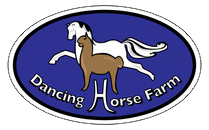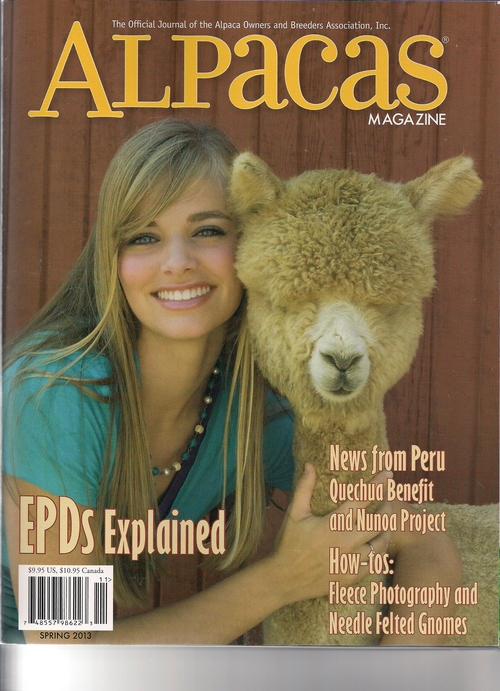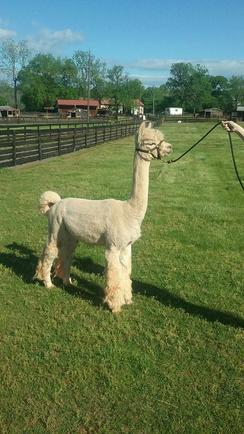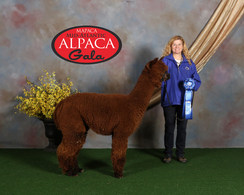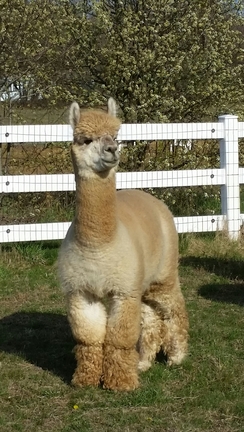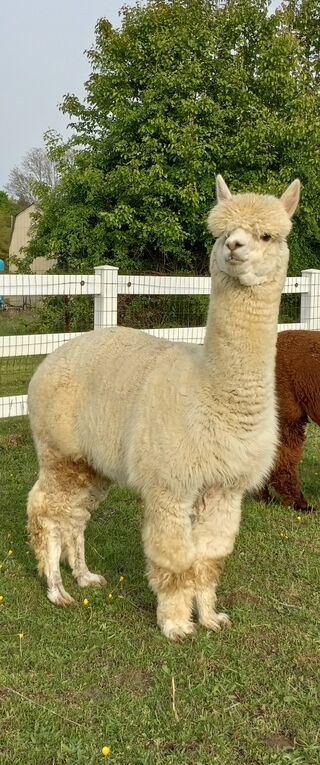-
DHF First in the World to Successfully Freeze Alpaca Embryos!
Working in the field of human embryology for my entire life and freezing literally thousands of eggs and embryos, it was only a matter of time before I decided to try to freeze alpaca embryos. Historically all of the literature recording various atte
Read more... -
The Striking Uniqueness of Alpaca Embryos
Thank you for reading our amazing study into alpaca embryology!
Read more... -
Time of Breeding Can Influence Cria Gender Ratios in Alpacas
Time of Breeding Can Influence Cria Gender Ratios in Alpacas
Read more...
Kim Gleason, PhD1, Lynn Edens2, Arturo Pena2
1 Dancing Horse Farm, Pemberton, NJ 08068, 2 Little Creek Farm, North Salem, NY 10560
The control of gender for economic gains in livest -
Striped Alpacas-Oh My!
-
What's Popping Up in Your Pastures?
Read more...
There are so many common poisonous or noxious plants, trees and berries in our region that we have to watch out for around our alpacas. We hear of these over and over: wild cherry, buttercups, red oak, azalea, rhododendron, hemlock, the list go -
The Costs & Benefits of Line Breeding Alpacas
In recent years, US alpaca breeders’ continued efforts to produce incremental improvements in alpaca phenotypes, combined with the related and parallel trend of loss of genetic diversity within the closed US alpaca population, has increased interest
Read more... -
Can a Cria’s Immunity Be Predicted By the Dam’s IgG Before Birth?
Can a Cria’s Immunity Be Predicted By the Dam’s IgG Before Birth?
Read more...
Kim Gleason1, PhD, Lynn Edens2, and Arturo Pena2
1 Dancing Horse Farm, Pemberton, NJ; 2Little Creek Farm, North Salem, NY
That is one question that Kim Gleason and Lynn Edens aske -
Do Differences in Maternal Immunoglobulin G Influence Passive Transfer and Subsequent Cria Growth in Alpacas?
We are very proud to announce that the first part of our year-long research study has been accepted for publication in the prestigious scientific veterinary journal, Theriogenology. I was thrilled to have our work recognized by the scientific communi
Read more... -
What Is An Alpaca?
Read more...
Alpacas are South American camelids, cousins to the larger framed llama and smaller deer-like vicuna. The majority of alpacas come from Chile, Bolivia, and the mountain -
One Lucky Day
They say a watched pot never boils. Nothing could be more true when anticipating an alpaca birth. We spend countless hours staring at our pregnant females looking for signs of impending labor, despite the fact that there is no real consistency of w
Read more... -
Challenges Facing Breeders Today
Thank you for your interest in our articles. This article has been submitted to Alpacas Magazine and has been accepted. Please look for us in this spring issue!!!
Read more... -
The Truth About Common Alpaca Myths
There's so much information out there about alpacas and the alpaca industry today that quite often new folks thinking about first time investing in alpacas can become overwhelmed and confused. At Dancing Horse Farm, we're not only involved in agricul
Read more...
